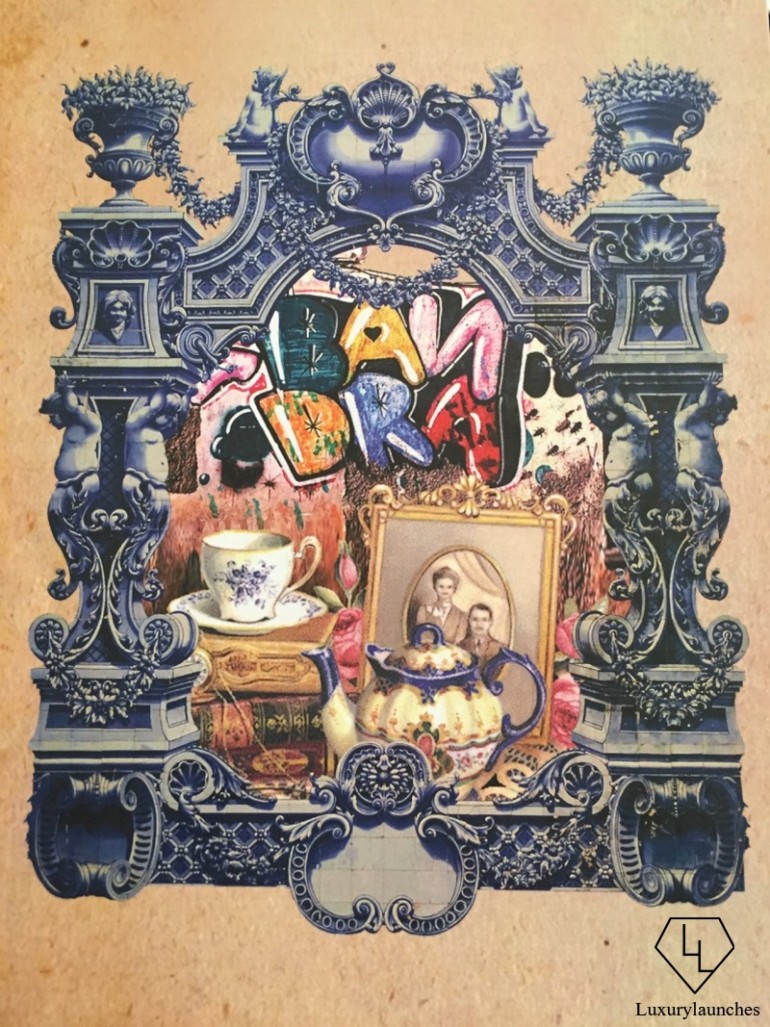
According to this definition, my own linguistic repertoire includes German, Finnish, English, Swedish, Italian, French, Russian and Latin. The linguistic repertoire includes all the languages that a person speaks at some level. It is interesting to think about one’s own linguistic repertoire and competence as well as the situationatily and different purposes of language use. Linguistic Repertoire of Multilingual People The linguistic repertoire can be compared to a color ball moving and slowly deforming inside a lava lamp. As a result, the use of previously used languages may decrease and thereby weaken, and another language may become stronger. One reason for changes in the repertoire may be, for example, moving to an environment where another language or many different languages are spoken. Instead, the content, purpose and competence of this repertoire, as well as the roles of the languages within it may change during life for various reasons. In addition, it must be remembered that the linguistic repertoire is not a static instance. For example, two or three languages can be used as home languages, and a few others at work. It is important to note that we may use many different languages for different tasks or purposes. They can serve, for example, as home languages, working languages, writing languages, emotional languages or languages of thought. These languages can have different functions and uses (Council of Europe 2022). The linguistic repertoire may include languages that a person has learned since birth and also languages that they have learned in school, clubs, courses, through television, independently, etc., for which they have different levels of proficiency (including small talk, everyday conversation, listening and reading comprehension, production of spoken and written language, work communication, academic communication, etc.). According to the Council of Europe, all of us are potentially or practically multilingual. Linguistic repertoire refers to the collection of linguistic resources that a person has accumulated over the course of their life and that they utilize and interpret in their interactions with other people (Blommaert & Backus 2011). Additionally, I will use my own experiences as examples.īlog 2: Linguistic Repertoire and Its Use From the Perspective of a Multilingual Person To support my arguments in this text, I will use the content of the discussions I have had with my multilingual colleagues about the linguistic repertoire and its use at work. In this second part of the Multilingual Monday blog series, I will focus on the linguistic repertoire and its use. Blog 1: Multilingualism and Multiculturalism as a Phenomenon. Blogs will be published once a week on Mondays until May 9, 2022.
Cultural repertoire series#
Thus, this study will exemplify the socio-cultural significance of manuscript circulation in the context of the early modern Deccan.This blog series focuses on discussing multilingualism and multiculturalism specifically from four different perspectives: linguistic and cultural repertoire, linguistic and cultural landscape, the connection between language and culture, and the identity of a multilingual person. I study the paratextual profile of these manuscripts to advance an argument on modalities of manuscript transmission through the transregional scholarly and Sufi networks of Bijapur. 1130/1718) manuscripts, transcribed during his travels from Yemen to Bijapur during the second half of the 17th century. In this article, I focus on Sayyid Zayn ʿAbdallāh ibn al-Muqaybil’s (d. However, Arabic manuscripts as they survive in the Royal Library of Bijapur can provide a documentary perspective that testifies to the Deccan’s transregional connections with the wider Western Indian Ocean and the cultural practices transacted by Sufis in Bijapur.

Thus far, Richard Eaton has mainly concentrated on prosopographical sources to write a social history of the Sufis of Bijapur. The early modern South Asian sultanate of Bijapur (9/15 th–11/17 th c.) represented a rich centre for the transmission of manuscripts by both the court and local Sufi communities.


 0 kommentar(er)
0 kommentar(er)
